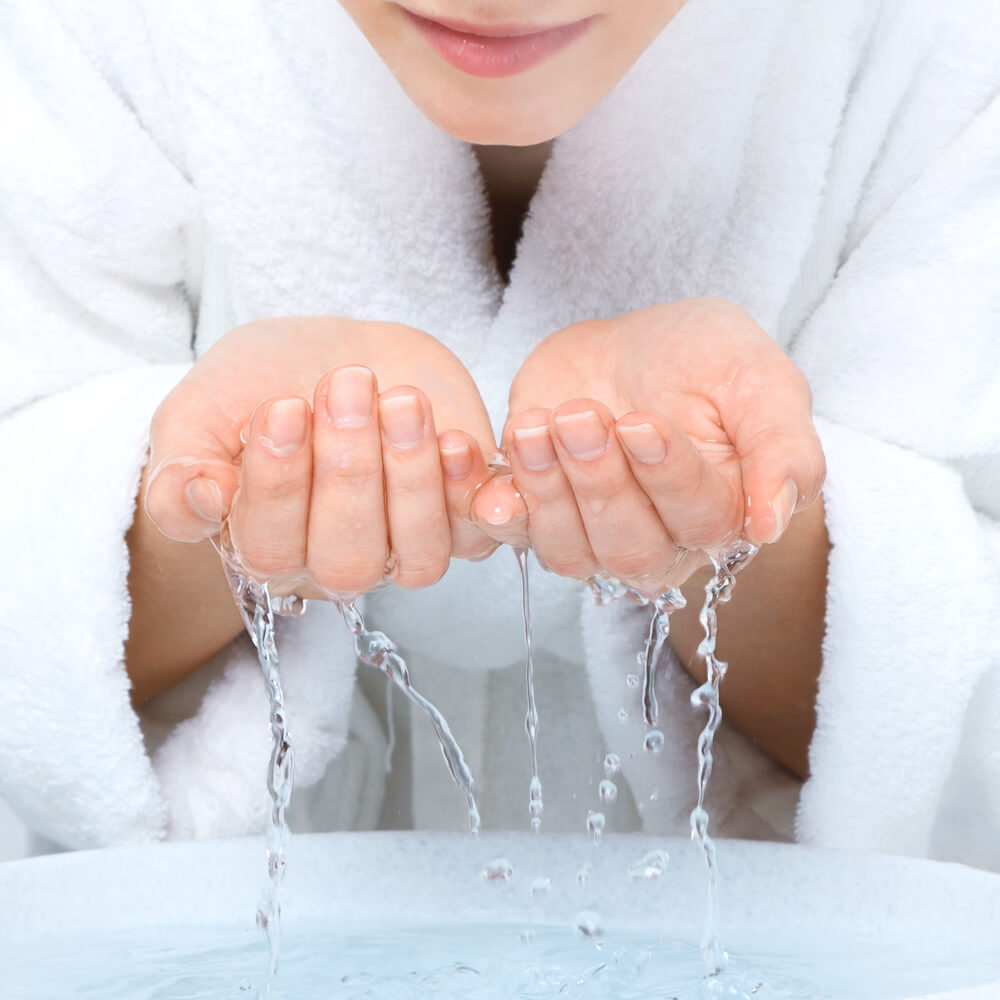In most cases the US regulations for health and safety can be trusted to keep you healthy and safe. It’s only natural to trust your tap water in a modern society with water treatment plants created for the sole purpose of making sure the municipal water supply is clean and safe for the populace to drink, wash, and bathe in. However, one of the ‘health’ decisions made by the majority of treatment plants to disinfect water is to add chlorine, the same method used on swimming pools. This increasingly controversial choice has a number of known negative side effects ranging from itchy eyes to headaches, but by far the most dire consequence of chlorine in your drinking water is the significantly increased risk of cancer.
Signs of Chlorine in Your Tap
Chlorine is a powerful chemical and while it’s true that it makes a great disinfectant, it is also very bad for you and is poisonous to ingest. When there is a large amount of chlorine in your tap water, or if you are particularly sensitive to exposure, chlorine can create detectable acrid fumes and cause headaches. Upon contact with sensitive skin, it can cause dryness, itchiness, and long term exposure can create rash like symptoms. While these effects are all undesirable, they are not the worst of what chlorine brings into your home. You don’t have to be able to detect outward physical signs of chlorine in your drinking water for it to cause cancer.

Chlorine and Cancer
When chlorine in water reacts with organic matter like sticks and leaves that naturally fall into a reservoir, it creates a dangerous byproduct called trihalomethane (THM) which is incredibly carcinogenic. This substance, once ingested into your body, encourages the growth fo free radicals which can damage or destroy any cells they come in contact with.
This means that your digestive tract, and most prominently your bladder and rectum, are exposed to the chlorine-laced water and face a higher risk of cancer. A recent meta-analysis study determined that people who drink chlorinated water over several years have a 21{8d5b69cf1310fed6e7960ebb60e59eb8016b840f956319a1e5d798efe8fc935b} higher risk of bladder cancer and a 38{8d5b69cf1310fed6e7960ebb60e59eb8016b840f956319a1e5d798efe8fc935b} higher chance for rectal cancer. Another study in Hartford determined that women with breast cancer have a 50-60{8d5b69cf1310fed6e7960ebb60e59eb8016b840f956319a1e5d798efe8fc935b} chance of increased levels of chlorine by-products stored in their breast tissue compared to women without cancer.
Getting Rid of the Chlorine
While there are already much larger forces at play trying to get chlorine out of your drinking water, you can protect yourself at home with one of several methods. Many people rely on a carbon-filter water pitcher, which is a great stop-gap measure but your home water system is still filled with chlorine and the same problem applies to filtering faucet nozzles. The best way to keep yourself and your family safe is with a whole-home solution. Water softeners, which are home water filtering units made to remove unpleasant heavy minerals from your tap water, can be configured with additional carbon filters to pull the chlorine from your water. This ensures that even your sprinklers spray safe, chlorine-free water.
It may feel wholesome and healthy to drink plain tap water but if you have been drinking municipal water your entire life, as many of us have, you are already at a higher risk for cancer. The best thing you can do is to stop right away and look into a whole-home chlorine filtering solution. By installing a water softener, you can clear all the chlorine from your taps, reduce your risk of cancer, and give yourself the gift of lovely soft water to boot. For more information about the dangers of chlorine or to consult on chlorine-filtering water softeners, contact us today!





